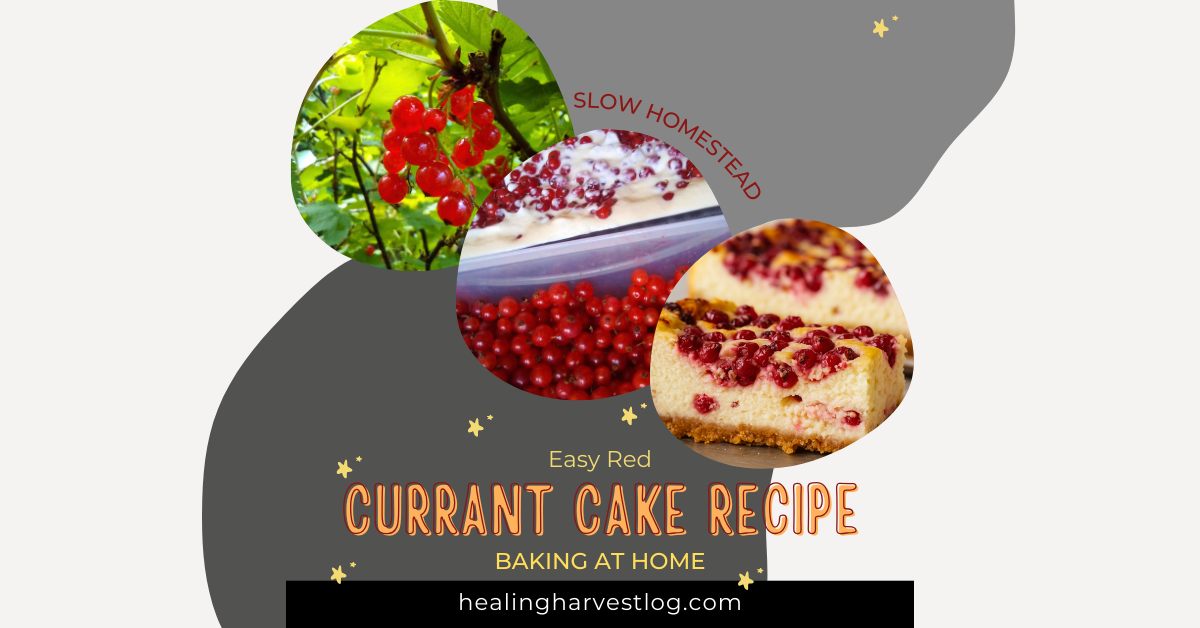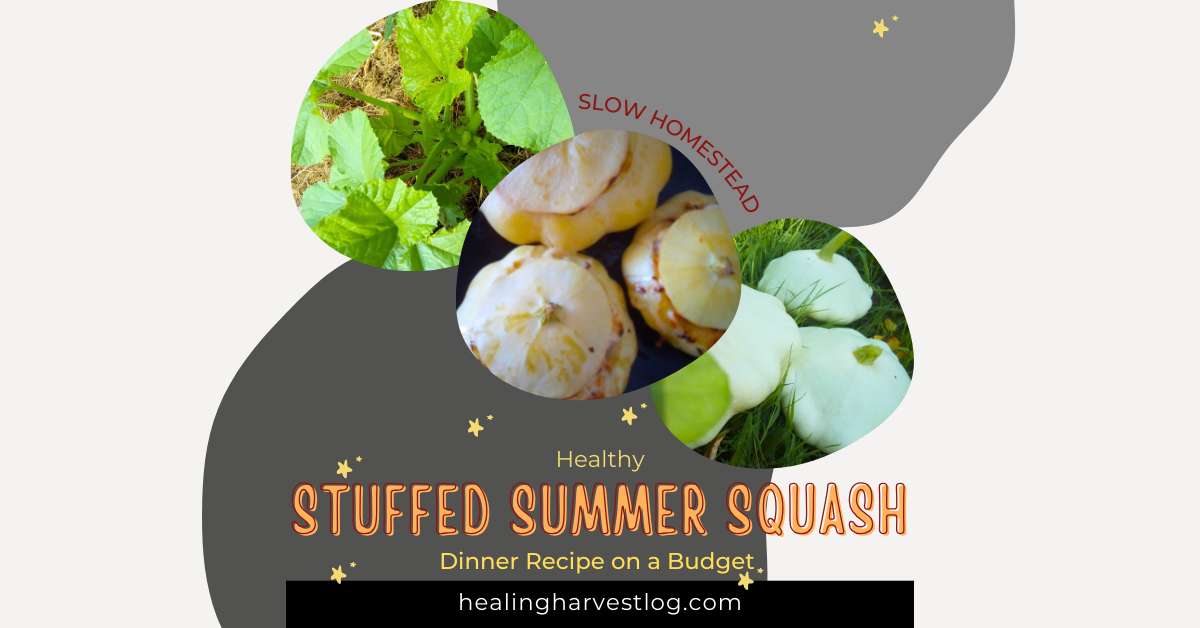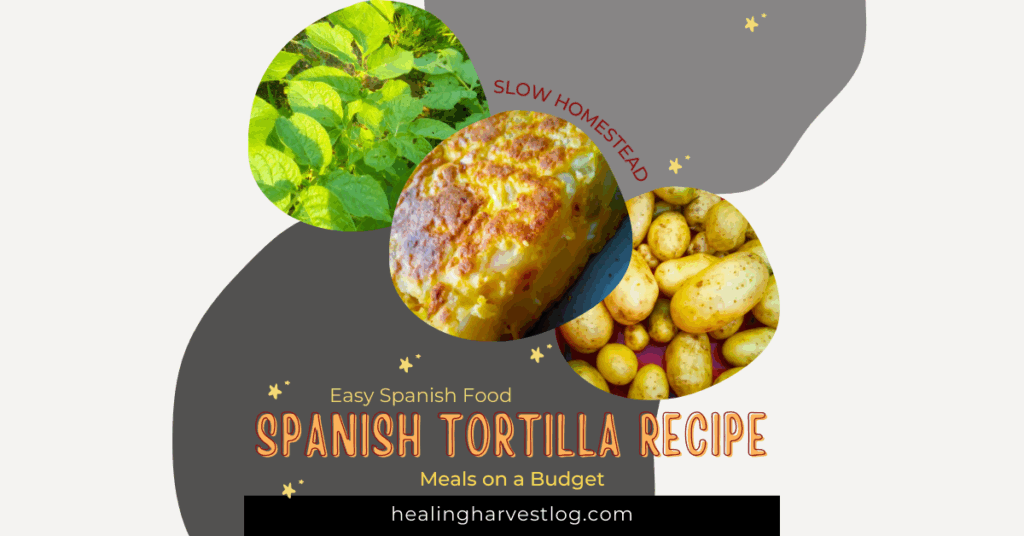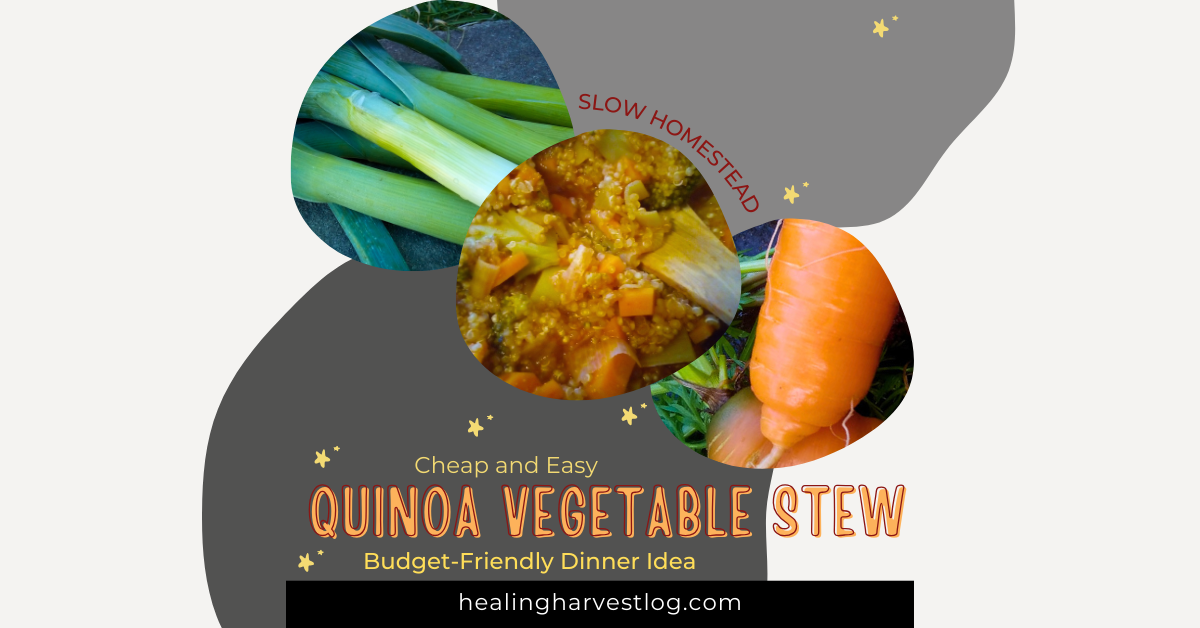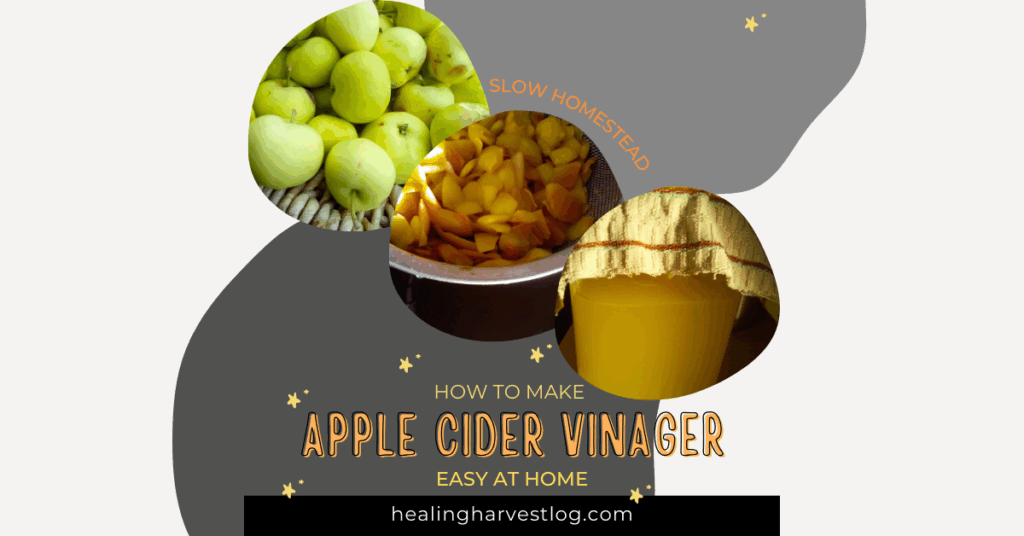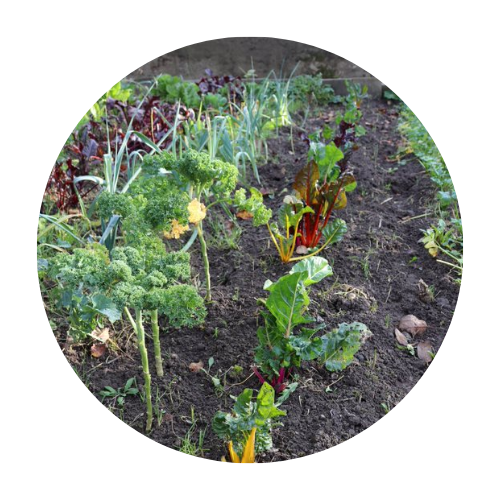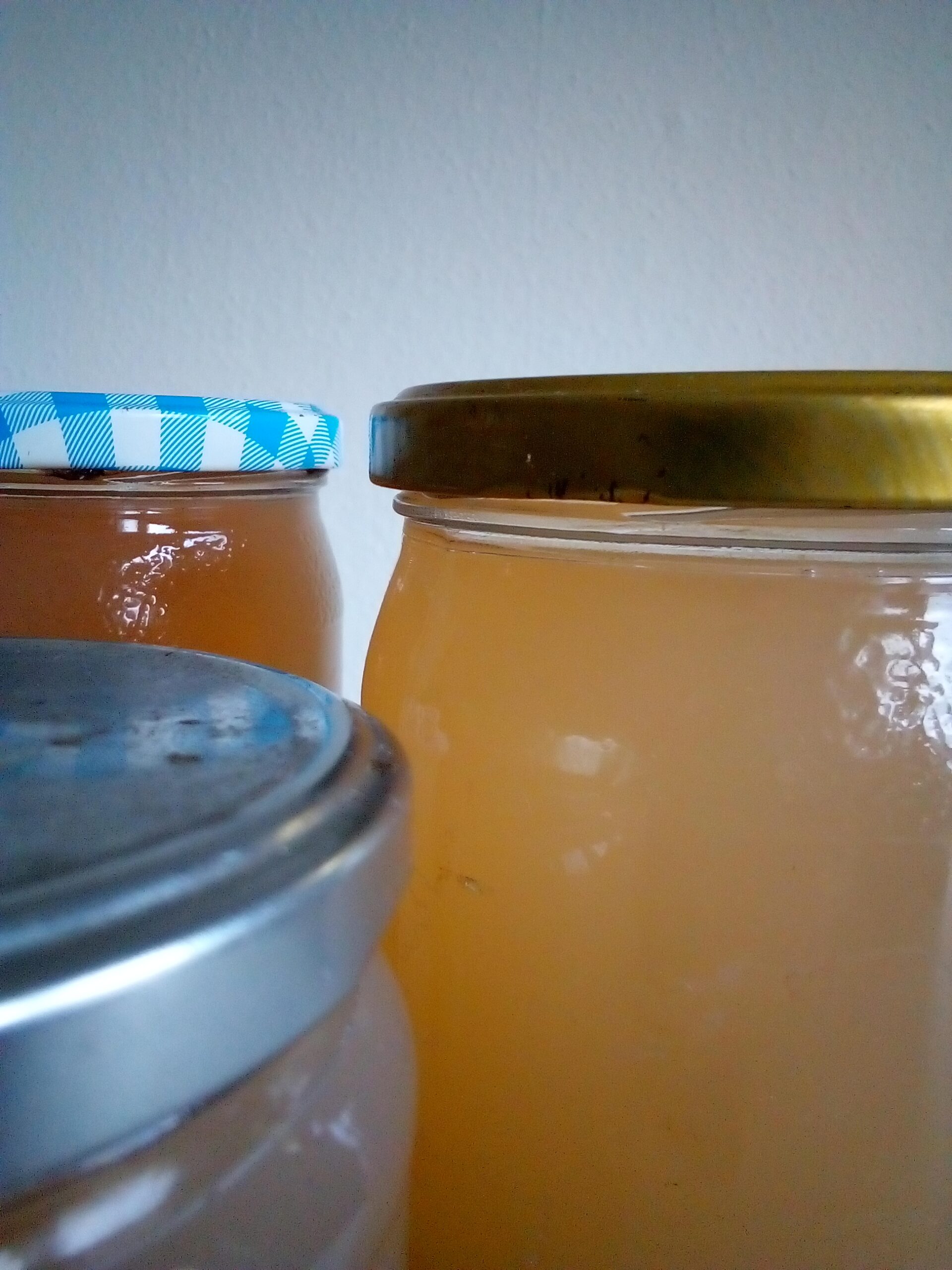Emma still remembers how Frida once smiled at her bubbling pot of berries:
“The fruits know their way. Let the heat work for you – not the spoon.”
That line stuck. Because it’s true: you don’t need a fancy machine to enjoy homemade berry juice. If you’ve ever wondered how to juice without a juicer, here’s the good news: the process is simple, natural, and perfect for anyone who loves preserving fruit juice at home.
And honestly, isn’t that the best kind of kitchen magic? Simple, quiet, no gadgets humming in the background – only the sound of berries bursting and filling the kitchen with their scent.
How to Juice Berries Naturally Without a Juicer
The principle couldn’t be easier:
- Put your berries into a large pot.
- Add just a splash of water so they don’t stick.
- Slowly heat them up.
- Don’t stir.
The heat makes the skins burst on their own. Clear juice flows out, leaving the pulp behind. It’s almost like the berries are doing the work for you.
This method shows you how to juice berries naturally while keeping their flavor pure. No juicer, no stress – just the essence of summer in a bottle.
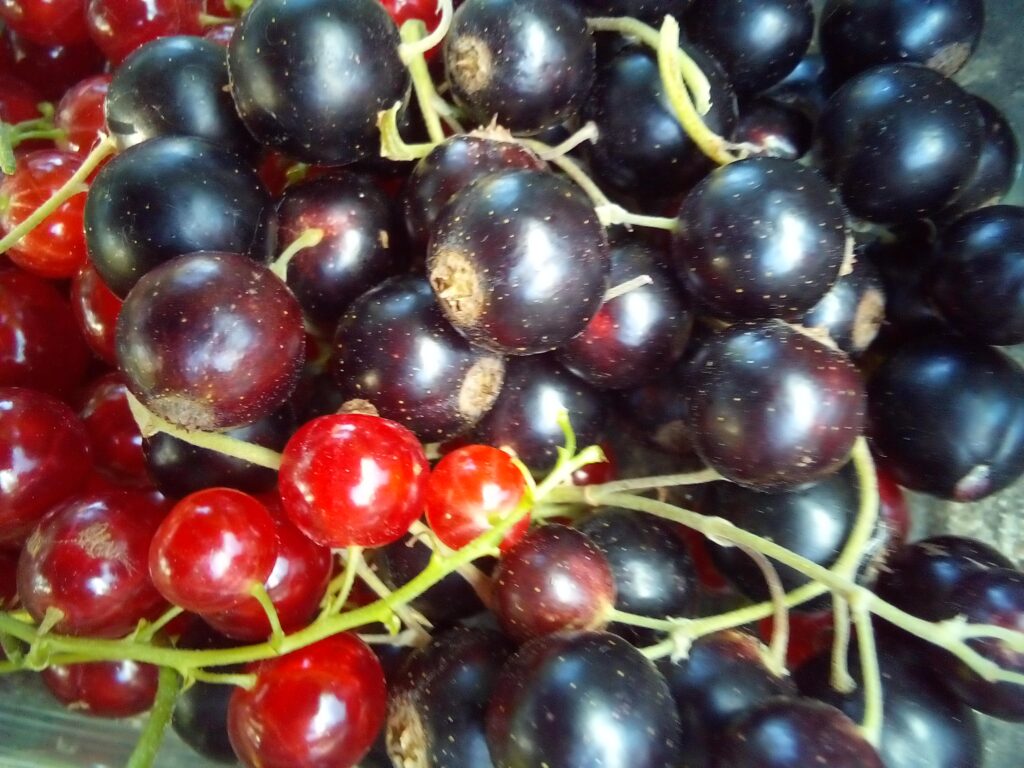
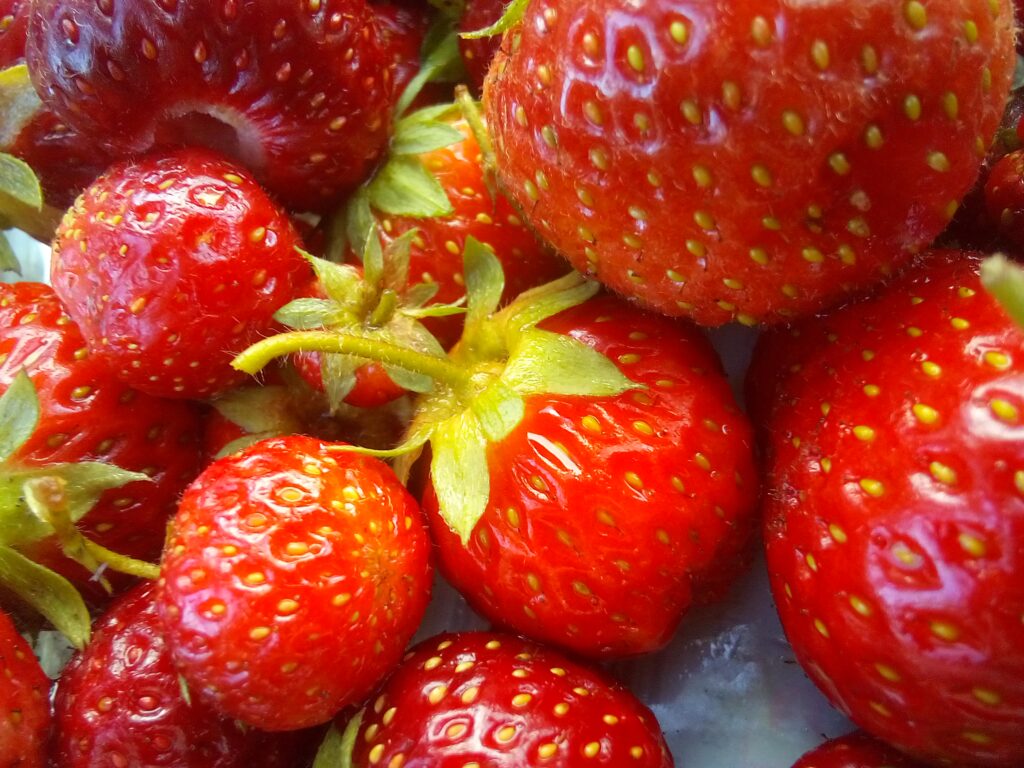
Why You Shouldn’t Stir the Pot
I know, it’s tempting. The spoon is right there. But stirring breaks the skins too early and mixes in the pulp. And pulp means less juice and a cloudy result.
Think of it like steeping tea. You wouldn’t crush the leaves, right? You let the hot water pull the goodness out. Same with berries. Letting the skins burst naturally gives you more yield and a better texture for homemade berry juice.
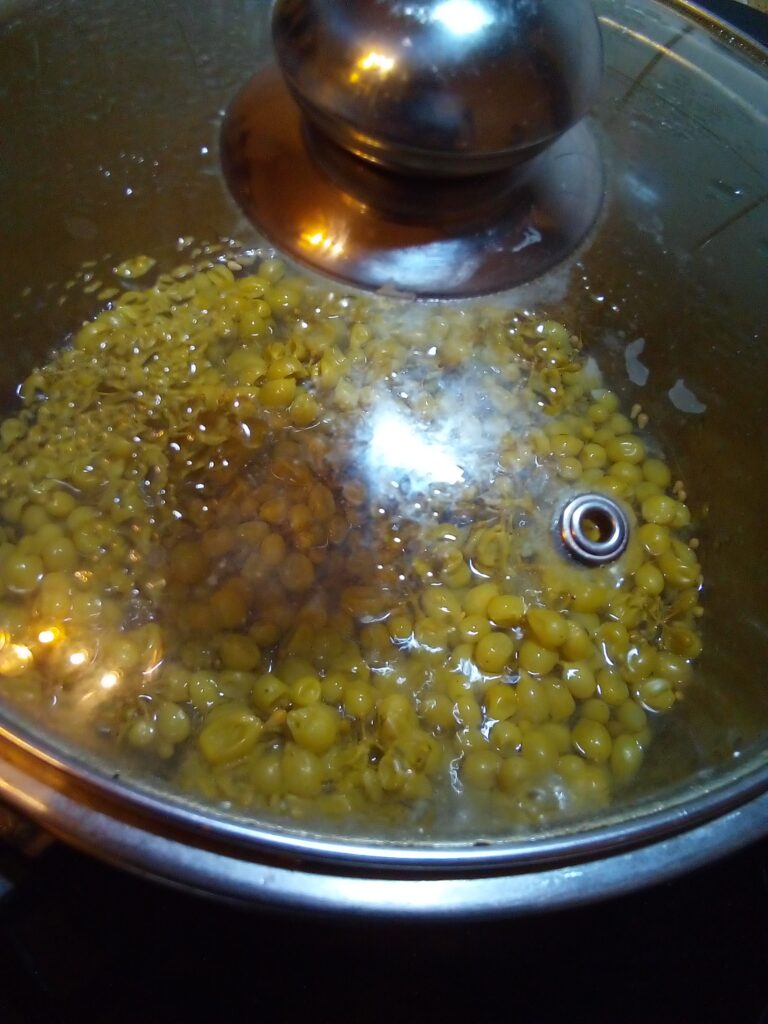
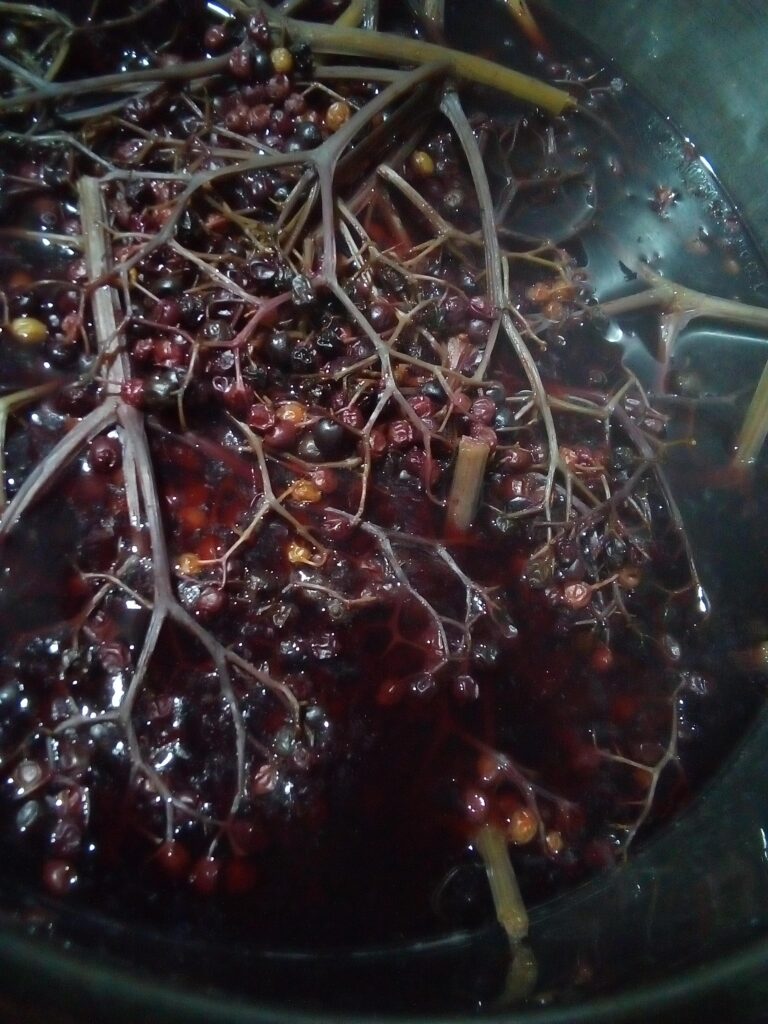
Best Fruits for Homemade Berry Juice
This little trick works for more than just currants. Here are my go-tos when I want to juice without a juicer:
- Currants (red, black, or white)
- Raspberries
- Blackberries
- Gooseberries
- Grapes
- Cherries
- Elderberries
Each fruit has its own character. Gooseberries make a sharp, refreshing drink, while elderberries give a rich flavor that’s also perfect for immunity-boosting remedies.
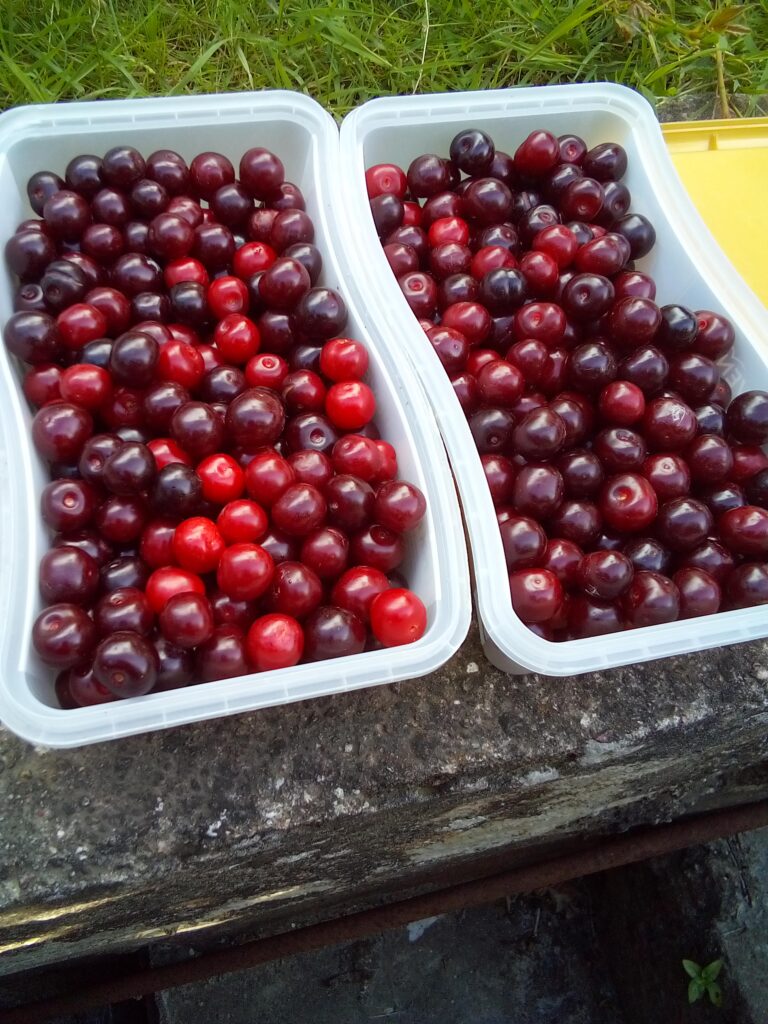
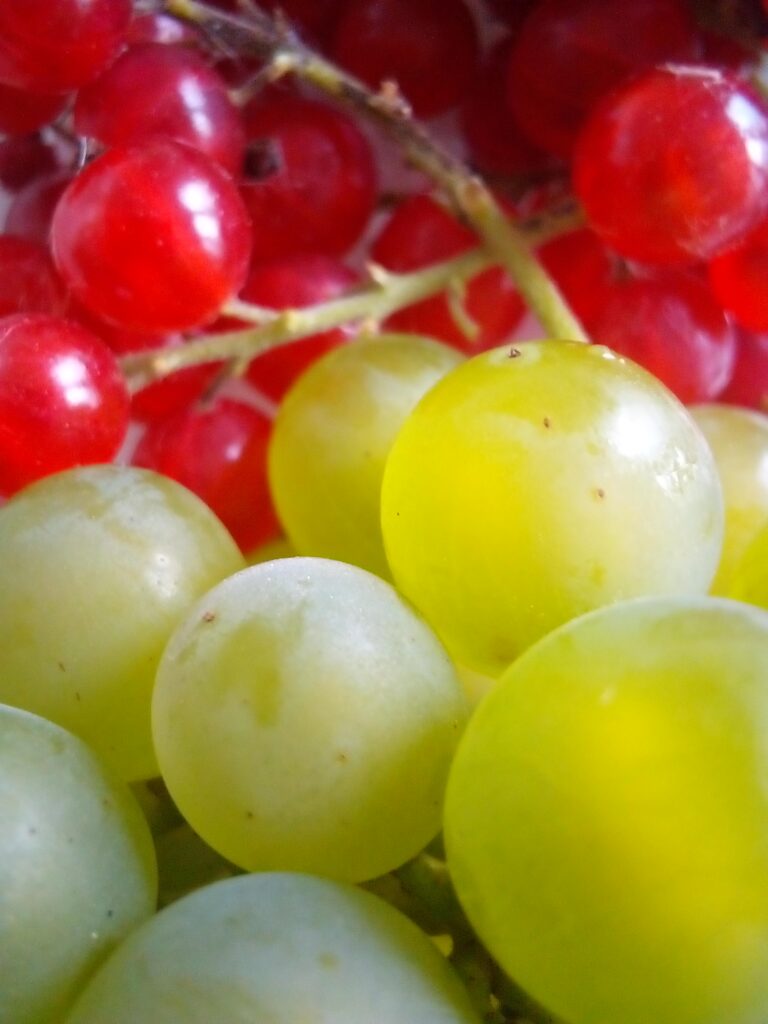
Preserving Fruit Juice at Home
Once the juice has run free, you’ve got options:
- Cook it right away to turn into syrup or jelly.
- Pour hot into bottles for easy pantry storage.
- Freeze in small portions to enjoy fresh flavor all year.
One of my favorite tricks is freezing juice in ice cube trays. It’s a small but powerful way of preserving fruit juice at home without fuss. Drop a cube into sparkling water in December, and you’ll be drinking bottled sunshine.
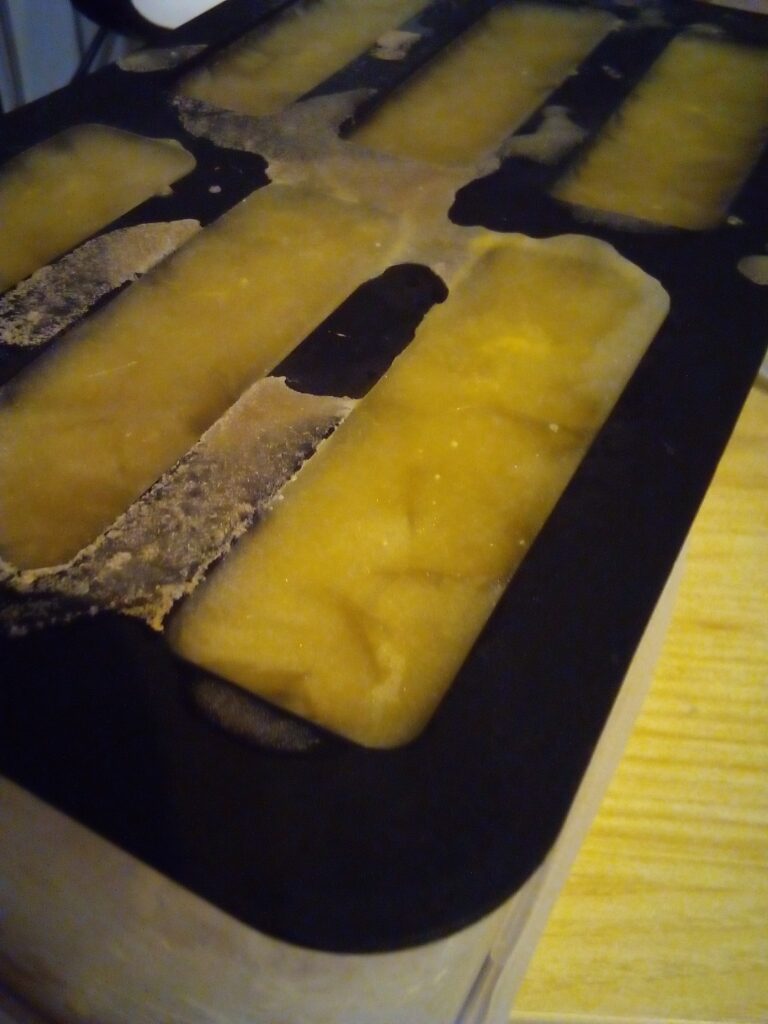
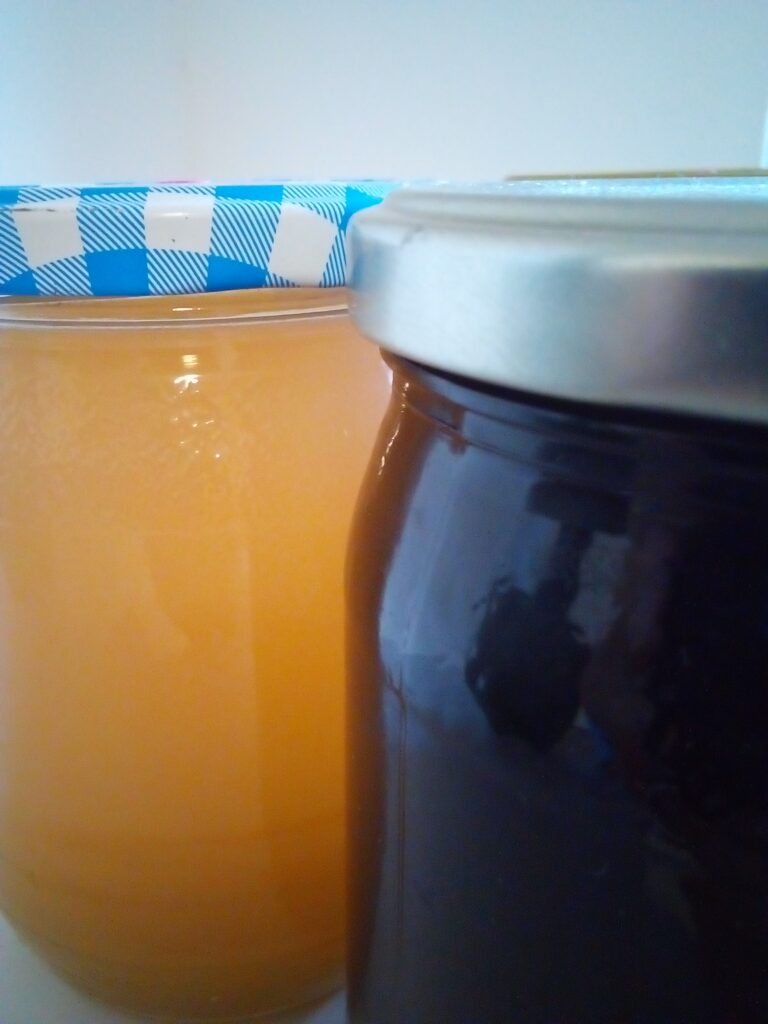
The Beauty of Simple Methods
There’s something grounding about making food this way. No rush. No endless equipment to wash. Just you, the pot, and the fruit. It feels like a conversation between the kitchen and the garden.
And in a world that pushes speed, efficiency, and gadgets, this is a reminder: sometimes less really is more. Juicing berries naturally is also a lesson in slow living – letting things unfold in their own time.
Frida would often say: “Patience makes the sweetest juice.” And I swear, she was right.
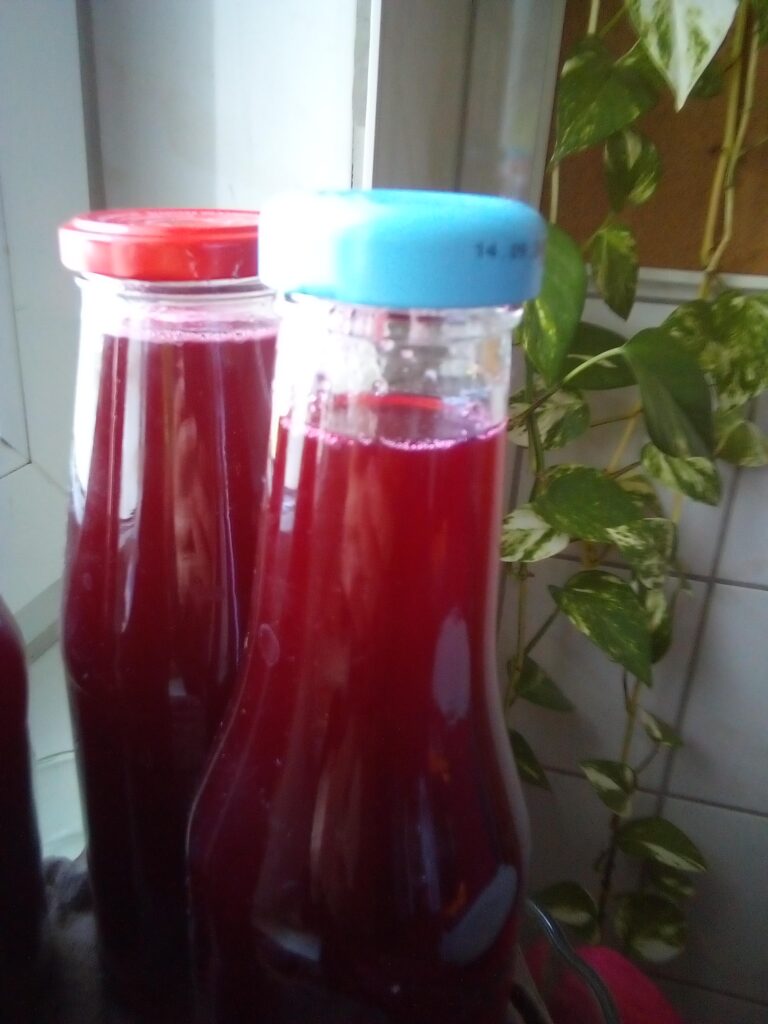
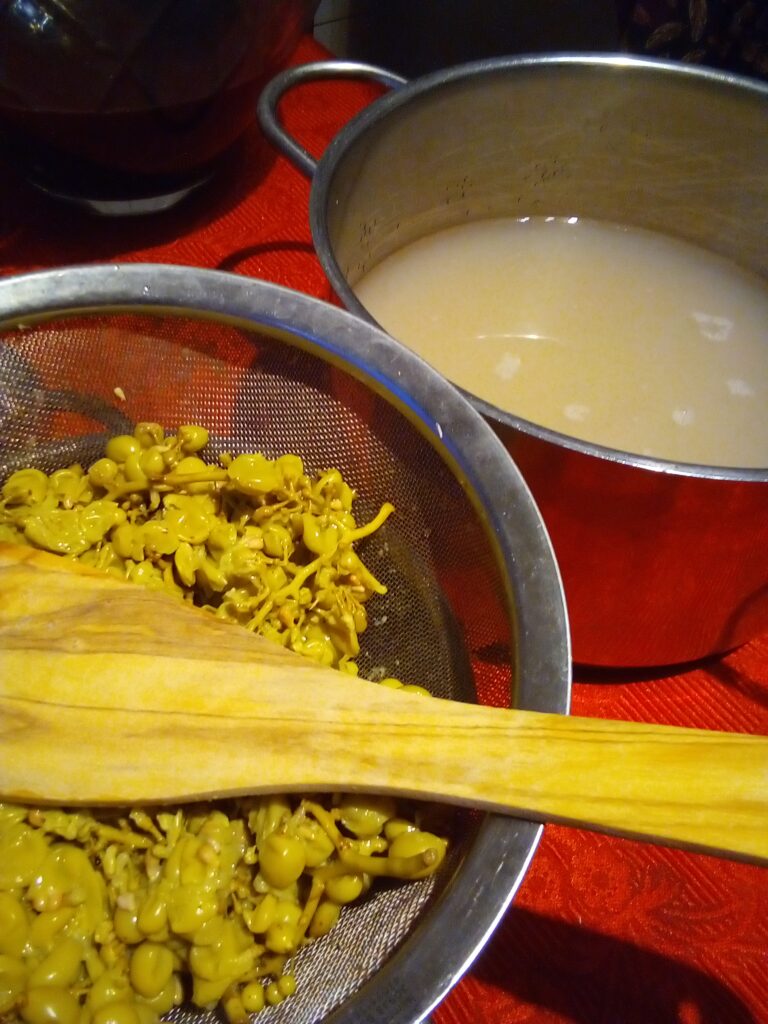
Final Thoughts
If you’ve ever searched for how to juice without a juicer, now you know the simplest way. Put the berries in a pot, heat them gently, and let them burst on their own.
This timeless method works beautifully with currants, gooseberries, cherries, elderberries, raspberries, and more. It’s not just about the juice – it’s about slowing down, reconnecting with your harvest, and discovering that preserving fruit at home can be joyful and nourishing.
So next time you’re holding a bowl of ripe berries, skip the machine. Trust the pot, trust the heat, and trust the fruit. The reward? Clear, natural berry juice – and a little peace for your soul.
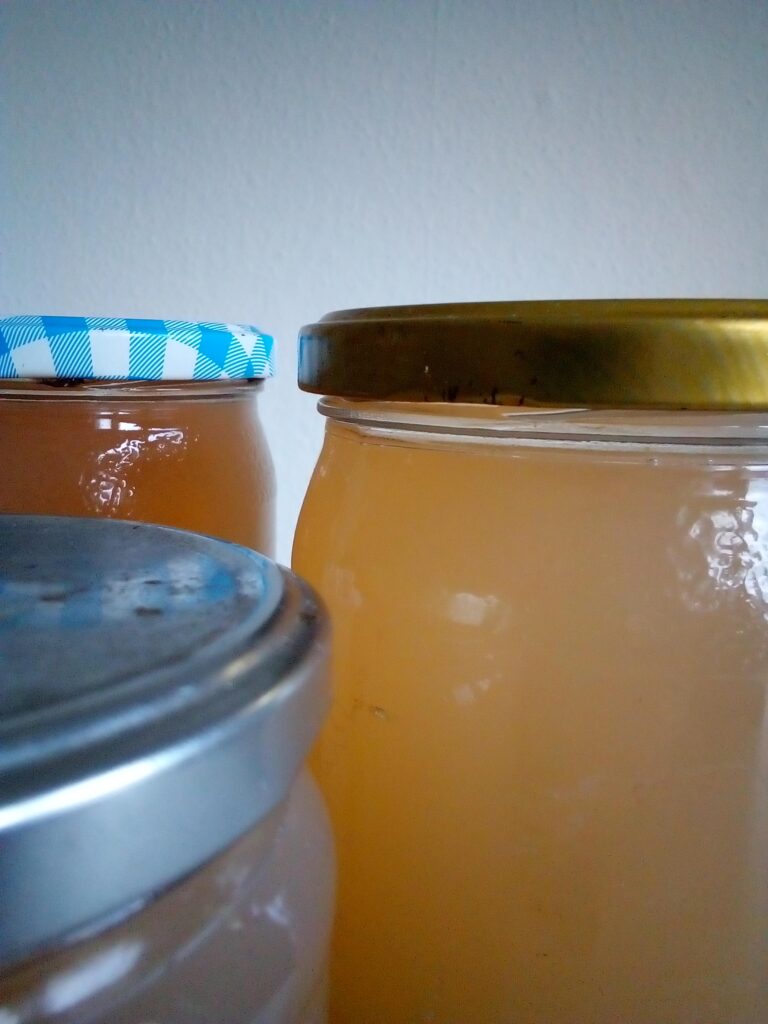
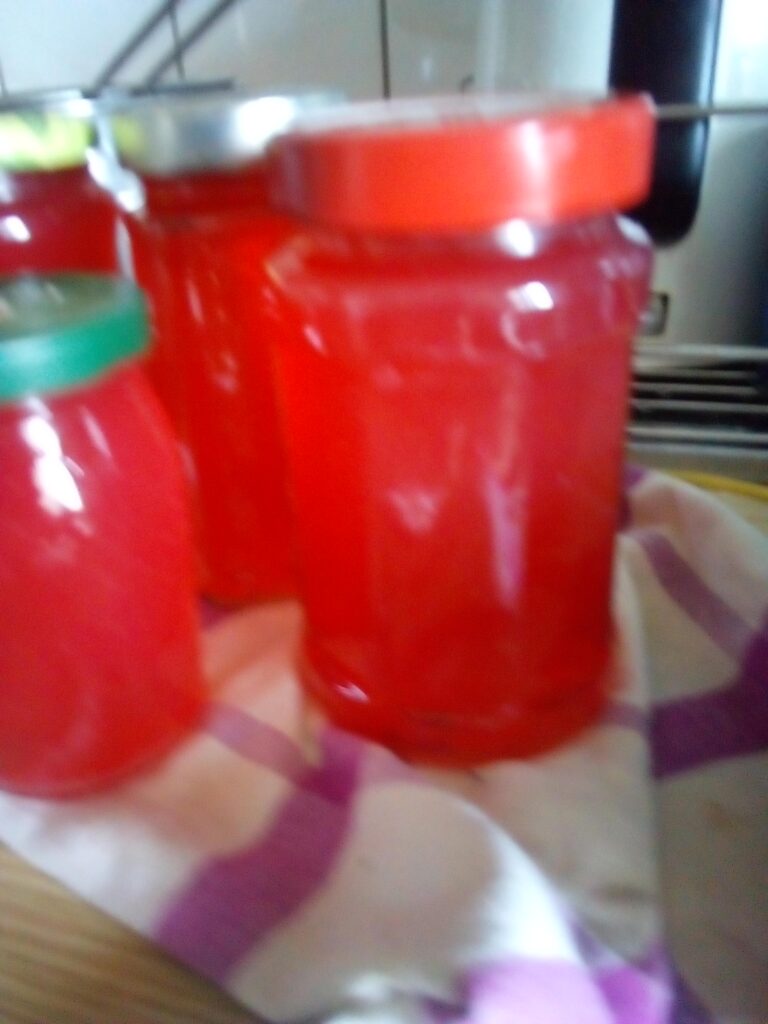
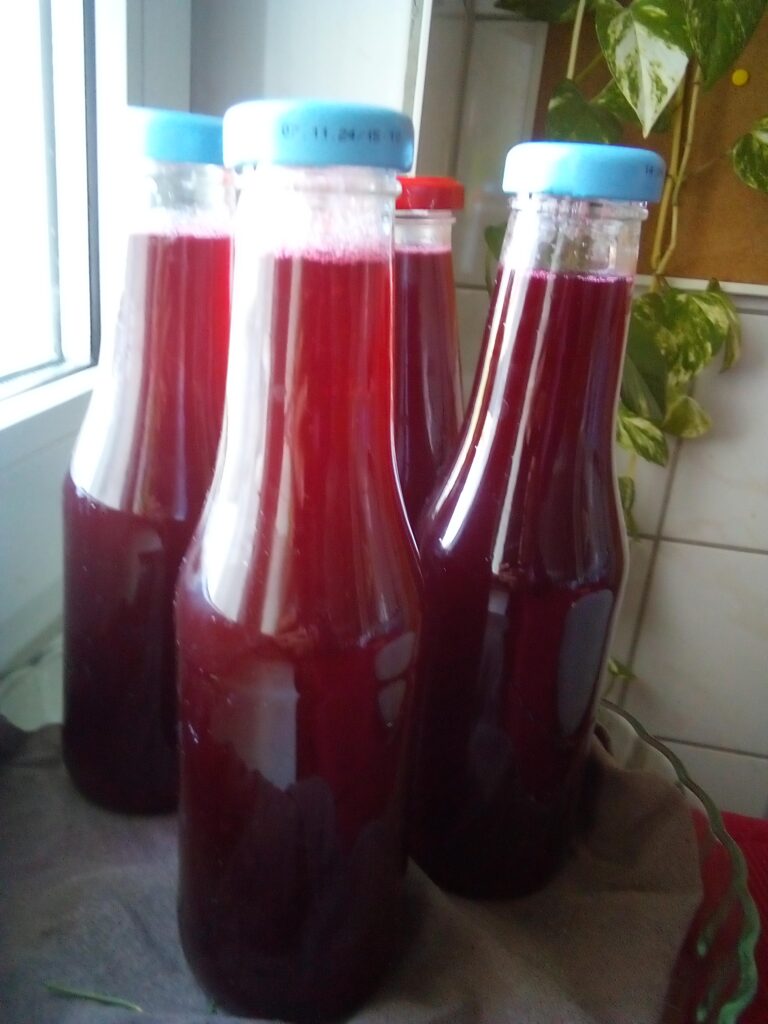
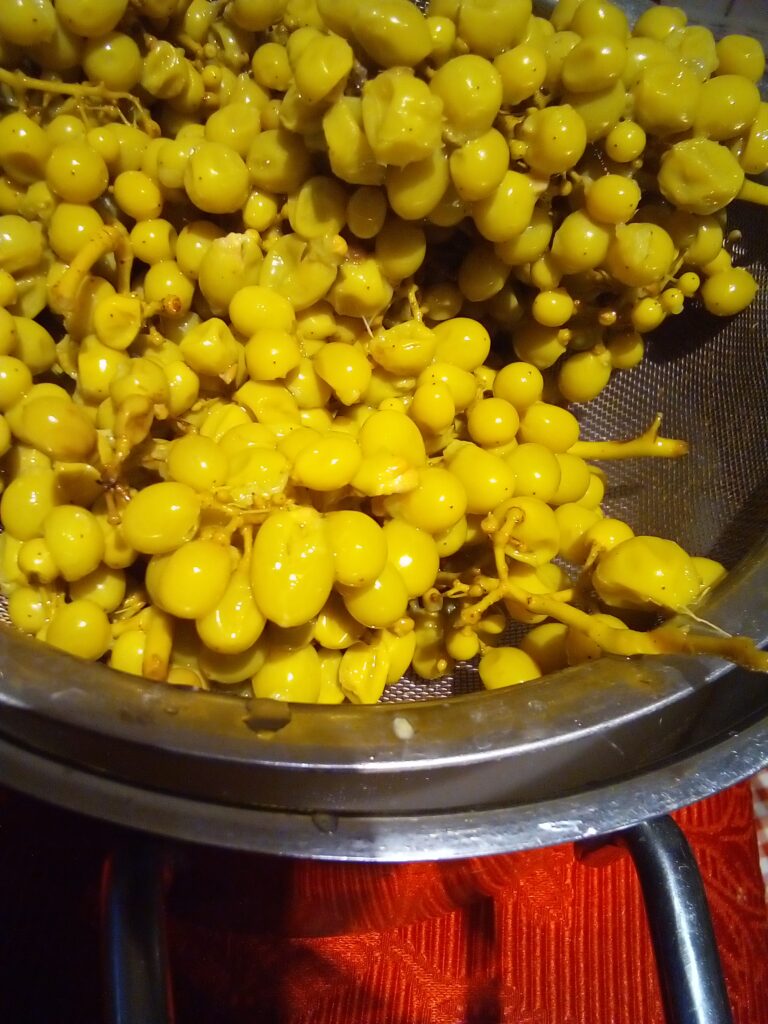
More Homemade Ideas for Preserving the Harvest
Juicing berries is just one way to make your garden treasures last. If you want to carry the golden harvest through the seasons, there are plenty of other homemade ideas worth trying. Think of plum butter simmered slowly on the stove, jars of pickled cucumbers lined up on the shelf, or fragrant herbs dried and tucked into glass jars for winter teas. You can also explore fermenting vegetables for probiotics, or freezing small portions of tomato sauce for quick weeknight meals.
For more inspiration, check out my post on homestead recipes to preserve food naturally – it’s full of simple methods to keep your pantry stocked and your meals nourishing all year long.
